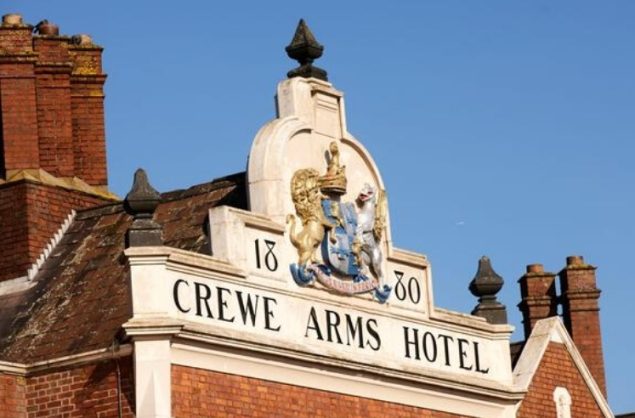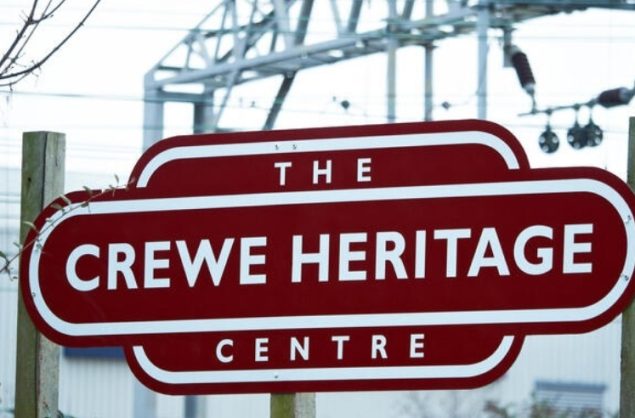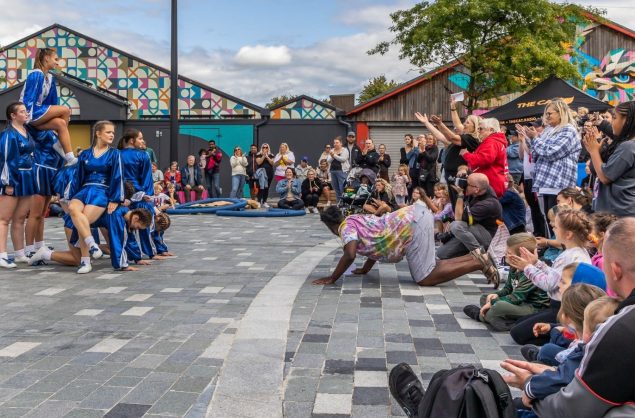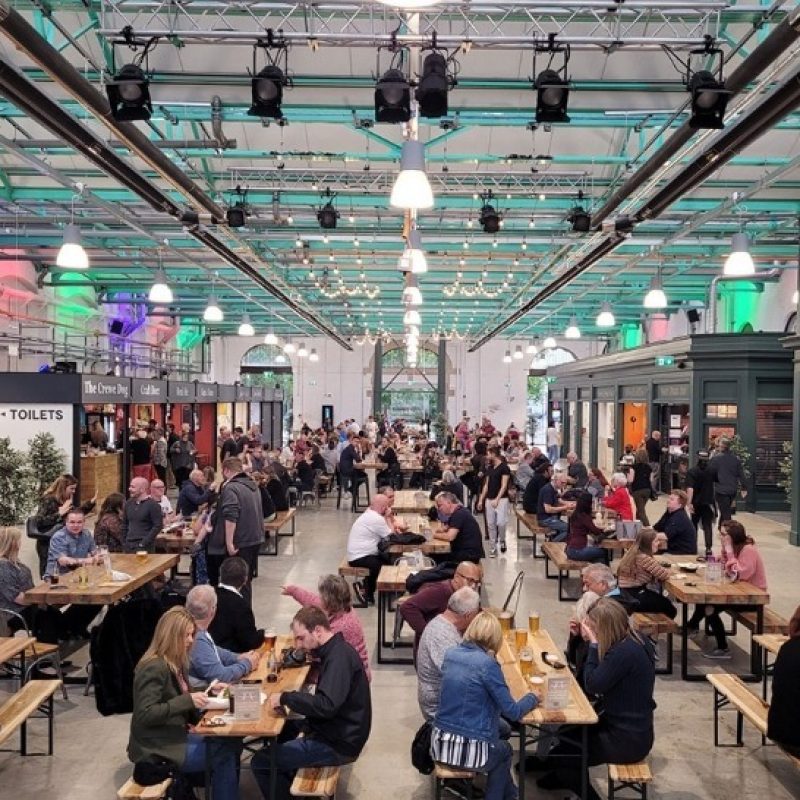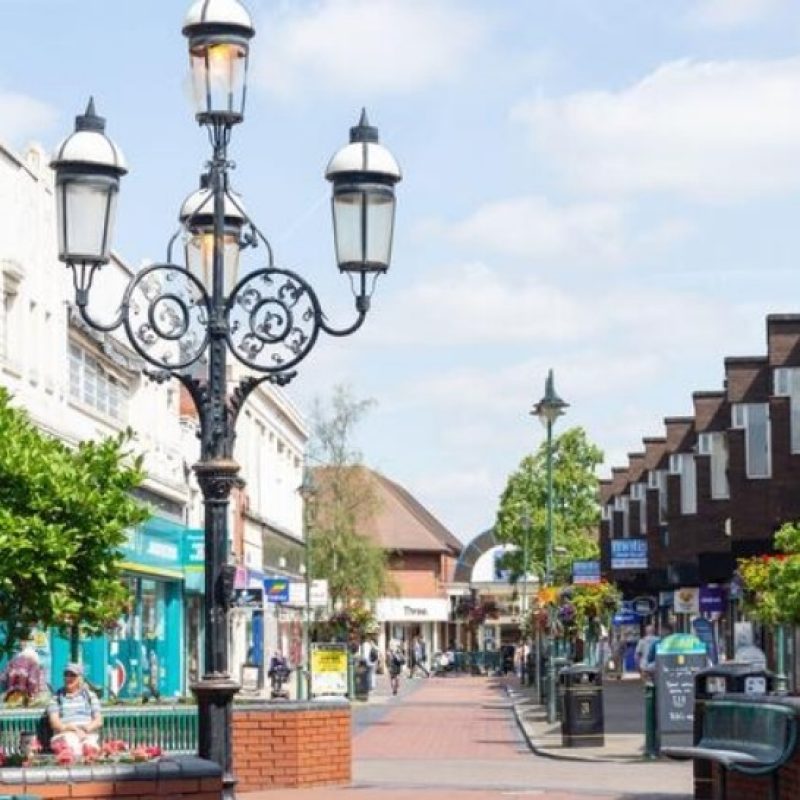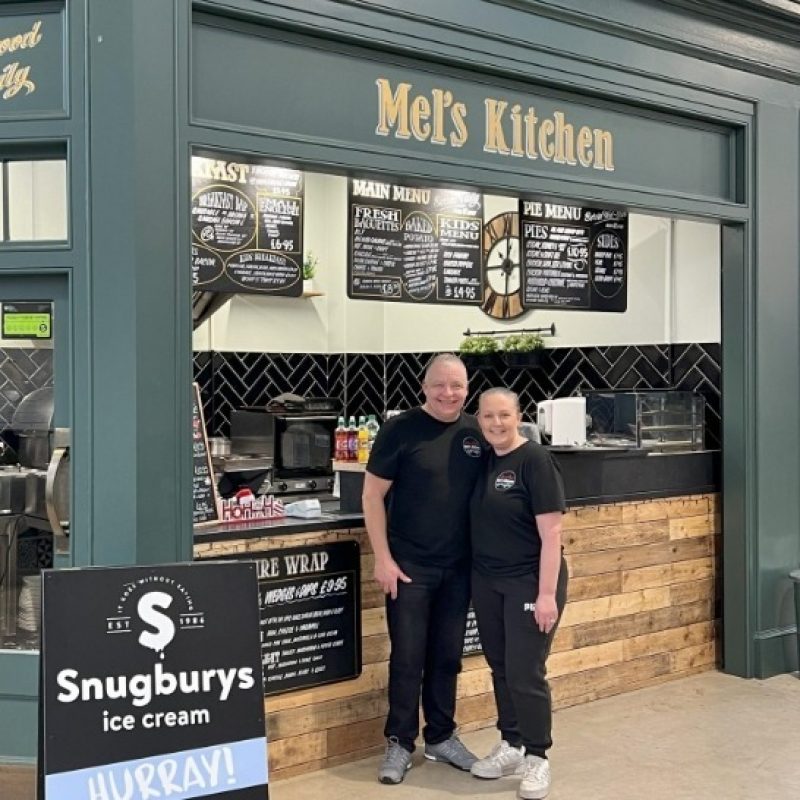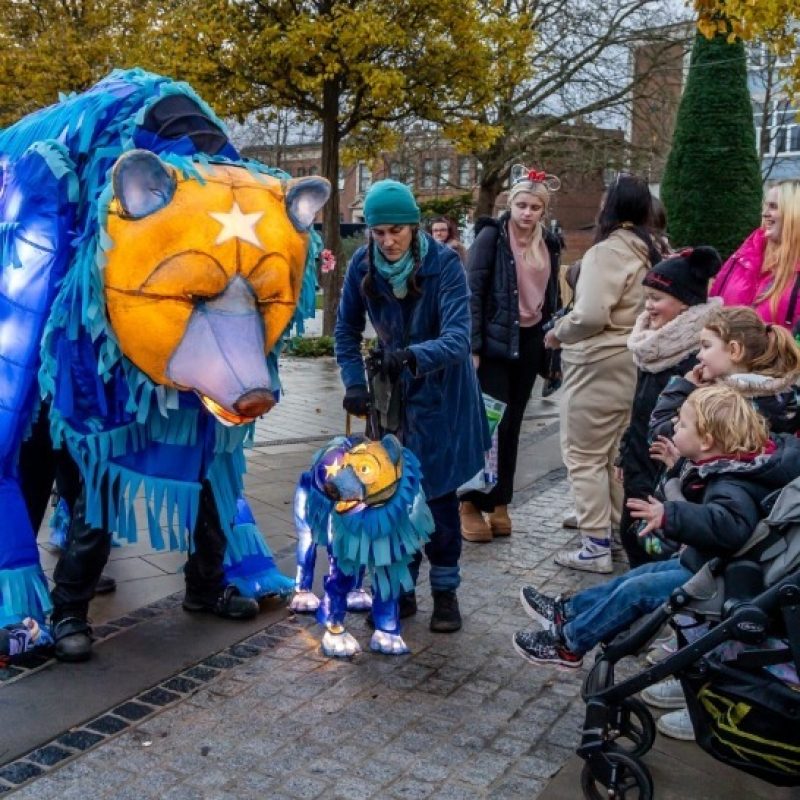Crewe’s Story
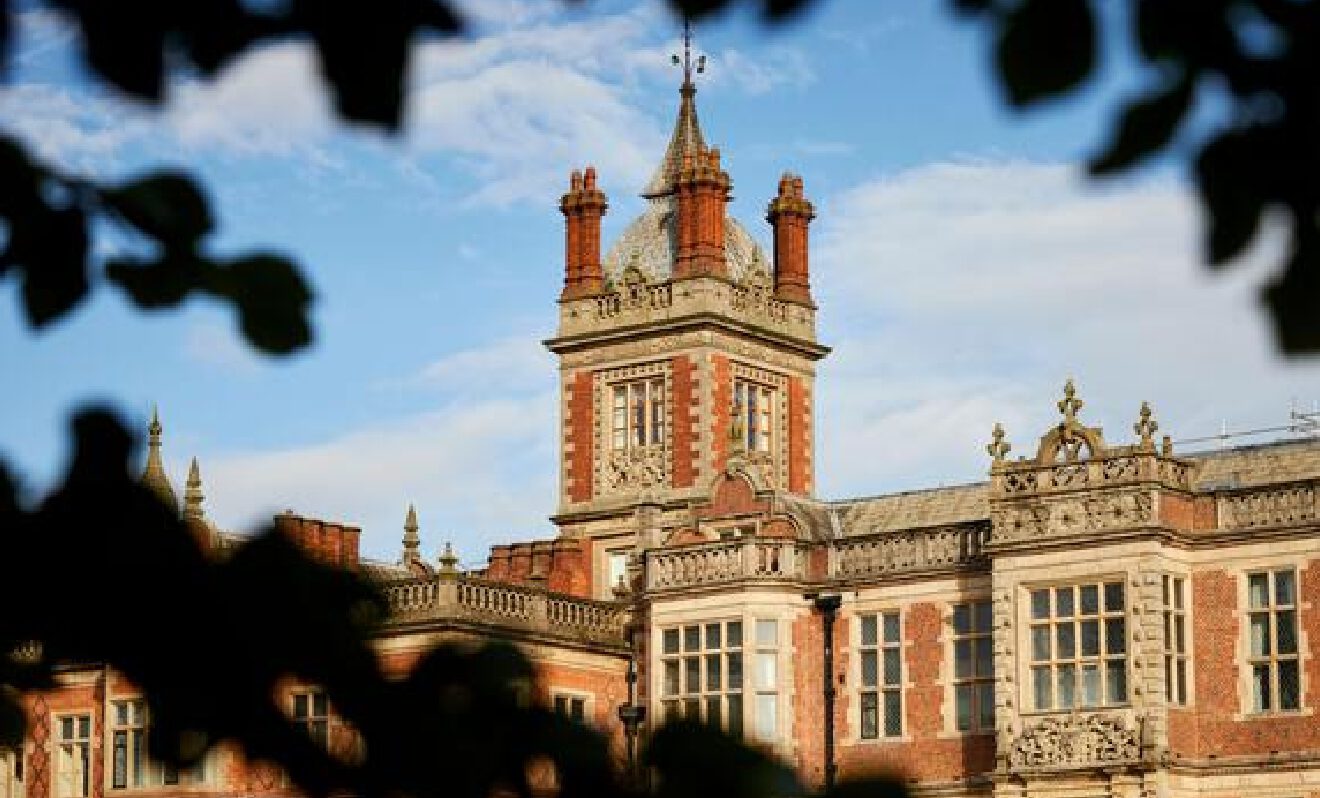
The people of Crewe built this town from the ground up. We made this place what it is, and we continue to play a part in its future.
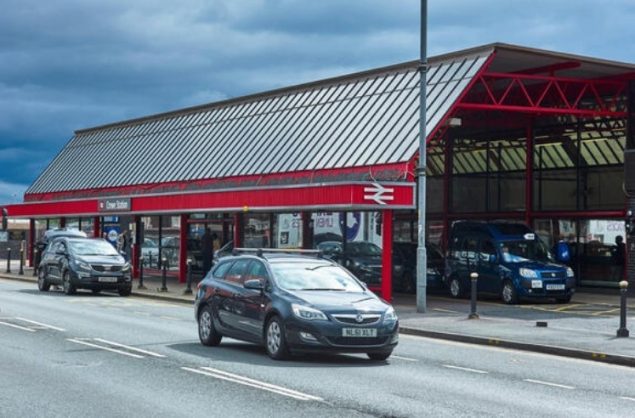

If you talk about Crewe, the chances are someone will mention the railway. Before it arrived in 1837, Monks Coppenhall was a small village with under 200 people living there. 30 years later, 40,000 people were living and working in the area, now known as Crewe.
The railway companies provided a church, school, park and public baths, alongside creating houses for railway workers. There are a variety of Heritage resources available on Crewe Town Council’s website, which will help you find out more about Crewe and its heritage.
Crewe remains a significant railway town. It’s still a major railway junction, with extensive sidings and maintenance depots. Although locomotive construction at the Crewe Works has ceased, parts of the site are still involved in railway engineering, maintenance, and rolling stock overhaul, employing a skilled workforce. The presence of London Northwestern Railway and other train operating companies further underscores its ongoing railway significance.
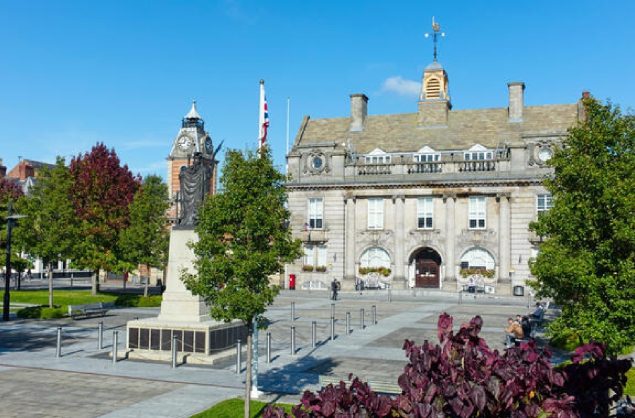
A significant and prestigious part of Crewe’s modern industrial landscape is Bentley Motors. The luxury car manufacturer has its headquarters and main production plant in Crewe, continuing the town’s legacy of high-quality engineering and manufacturing. This global brand adds a touch of modern prestige to Crewe’s industrial identity, demonstrating the town’s adaptability and enduring manufacturing capabilities.
Crewe is also looking to the future with a focus on education and regeneration. The presence of the Cheshire College South & West contributes to a skilled workforce, vital for adapting to new industries. Ongoing regeneration projects aim to revitalise the town centre and attract further investment, building upon its strong foundations.
